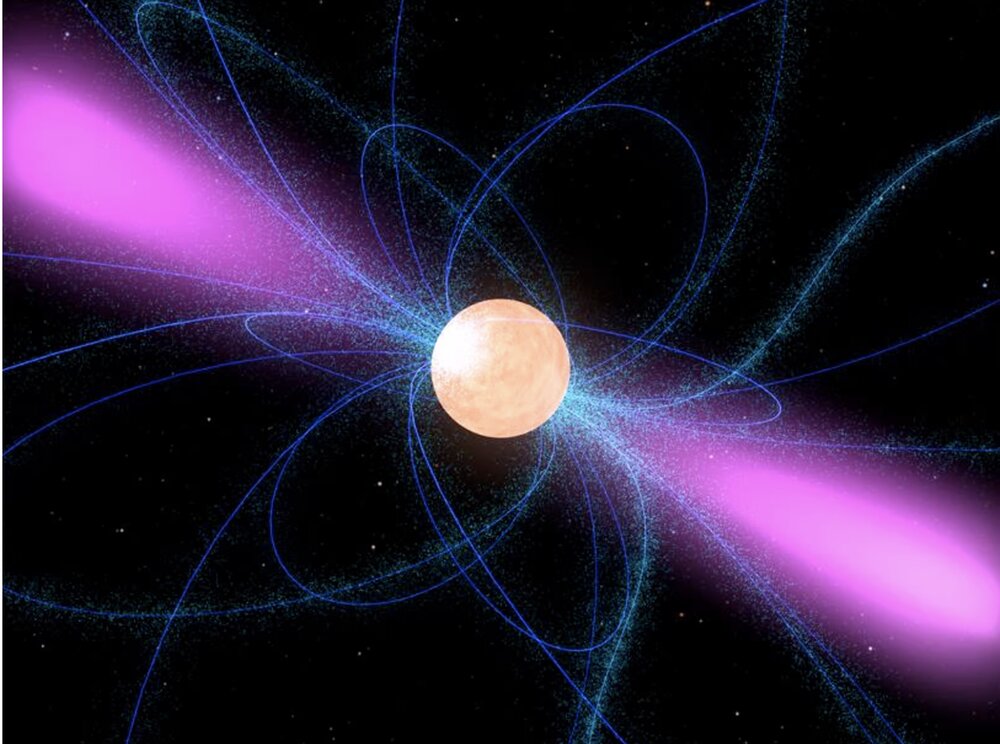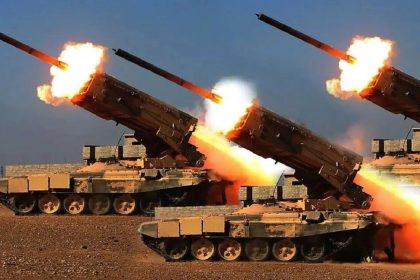According to the Mehr news agency, citing Interesting Engineering, researchers from the Technical University of Denmark (DTU) have made these observations by examining the data of NASA’s NICER X-ray telescope, which is located on the International Space Station. The mentioned neutron star is part of an X-ray binary system called 4U 1820-30. This star is located in the constellation Sagittarius towards the center of the Milky Way and rotates around its axis at an extraordinary speed of 716 times per second.
Neutron stars are the remnants of ancient, dead stars that exploded as supernovae. These stars are difficult to observe with direct observations due to low light.
The NICER X-ray telescope, which is installed on the International Space Station, is equipped with special technology from DTU Space. With the help of this technology, researchers observed a neutron star in the heart of the 4U system in 1820-30.
To date, researchers around the world have observed several thousand examples of this type of dead stars. These dense stars are considered observable objects. For example, 4U 1820-30 with a width of 12 km has a volume equivalent to 1.4 times that of the Sun.
This system is located at a distance of 26,000 light years from Earth, and its other star is a white star the size of Earth. This white star orbits the neutron star every 11 minutes and thus has the shortest orbit of the 2-star X-ray system.
Astronomers were able to determine the rotation speed of the neutron star 4U 1820-30 with the help of x-ray thermonuclear explosions. This event occurs when the neutron star pulls enough material away from the white star with its strong gravity. When enough of this material accumulates, it causes a violent explosion.
During these explosions, the neutron star becomes 100,000 times brighter than the sun and releases a lot of energy. One of the X-ray thermonuclear explosions observed by the NASA telescope showed that this event occurs at a frequency of 716 Hz.
One of the thermonuclear X-ray bursts observed by NICER had a signature called the “nuclear burst oscillation” occurring at a frequency of 716 Hz. This finding allowed researchers studying the dense star’s remnant to determine its incredible rotation rate.
RCO NEWS


















